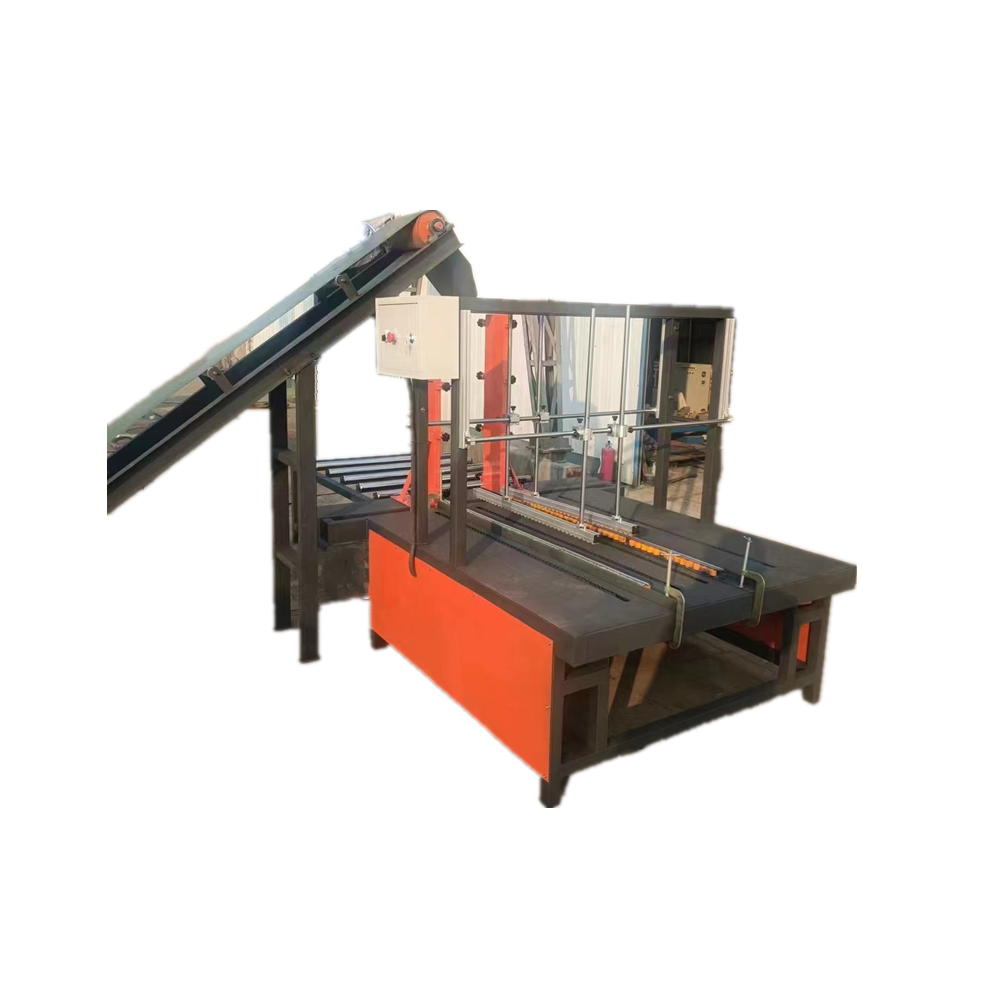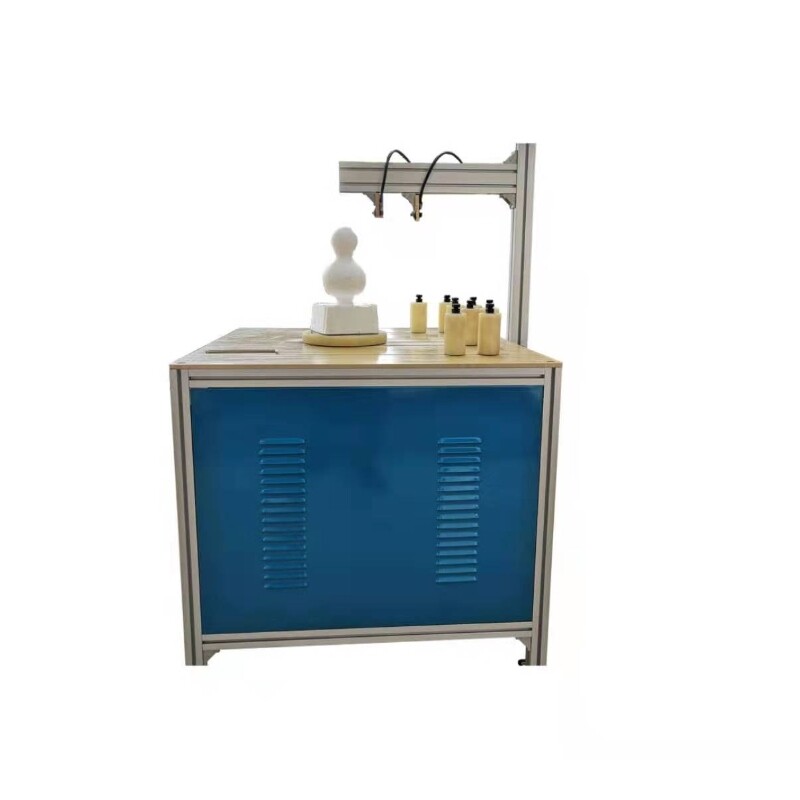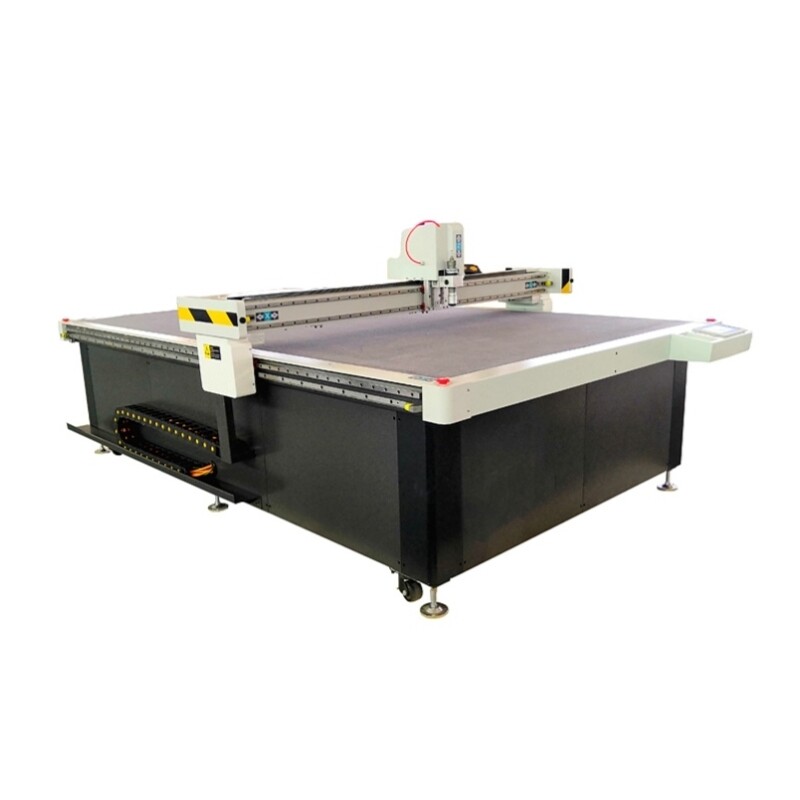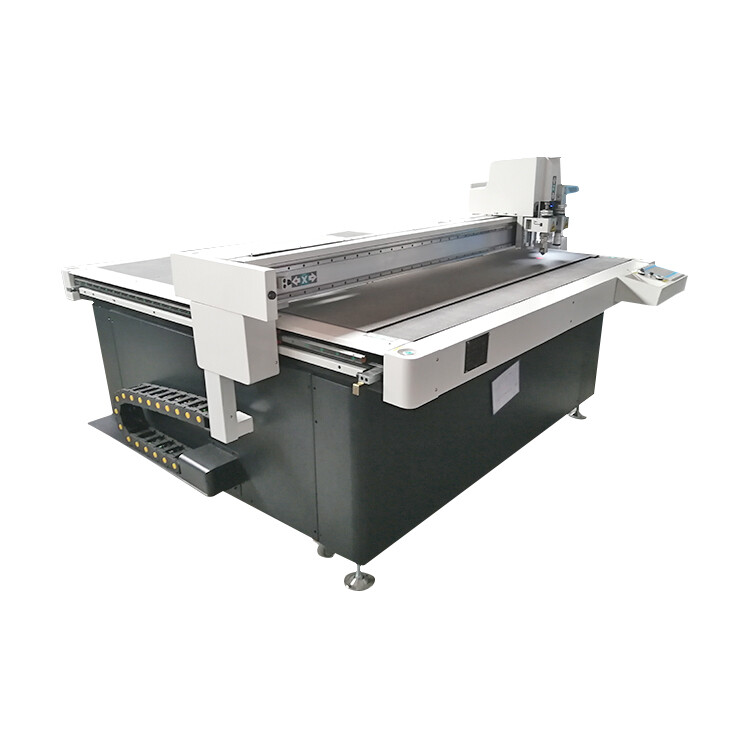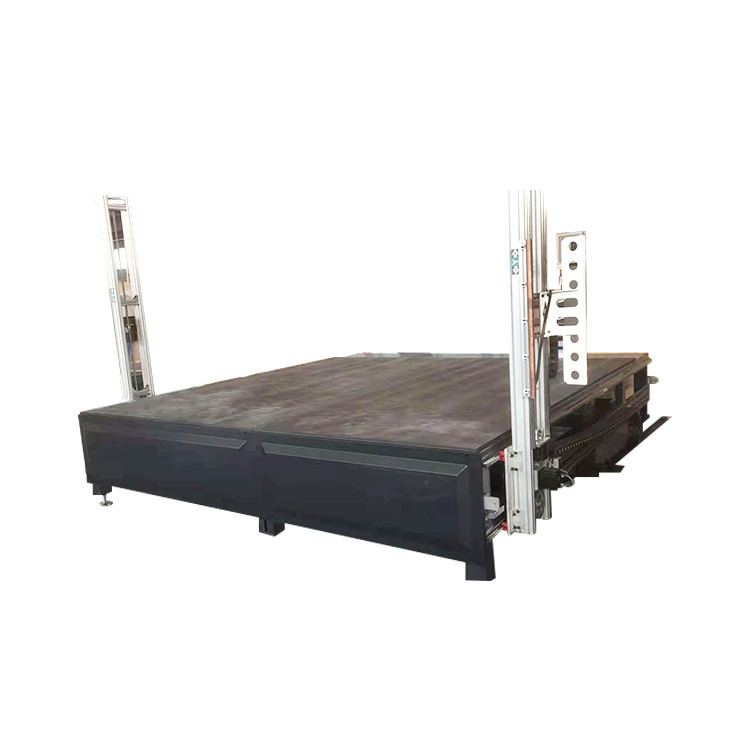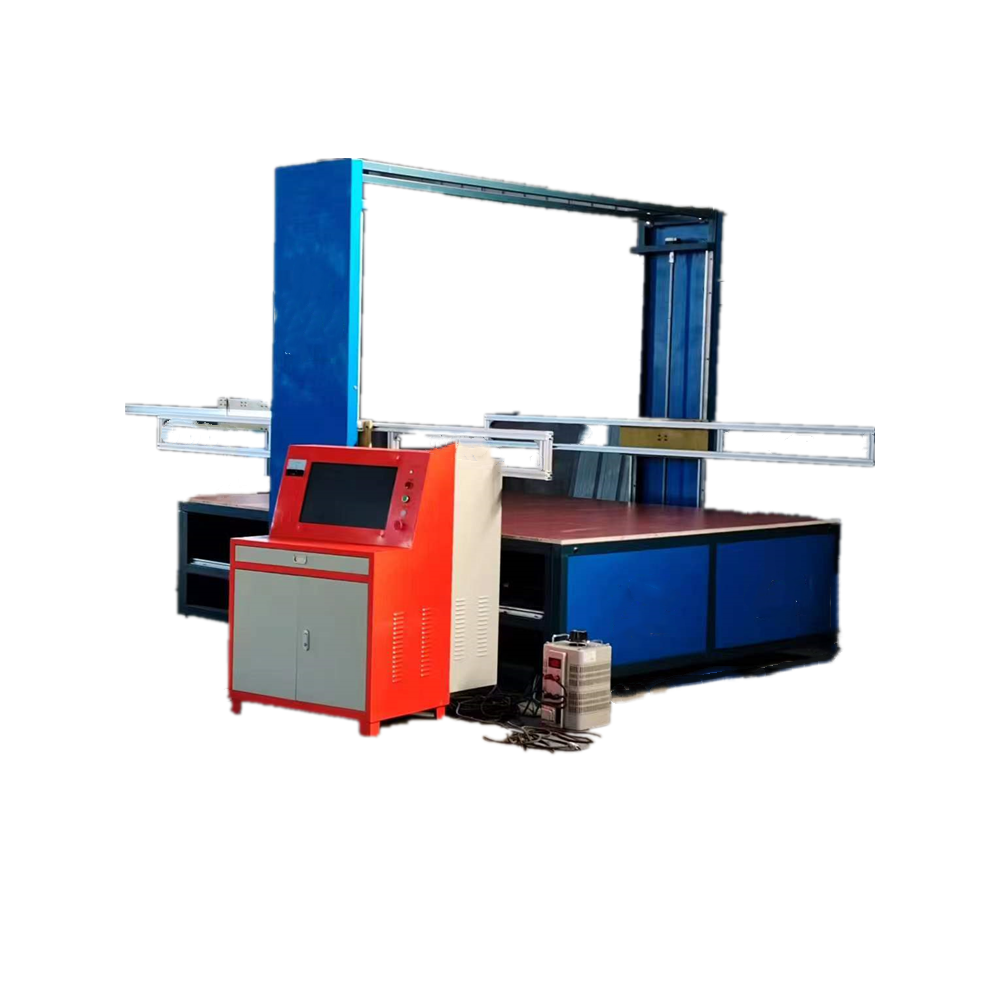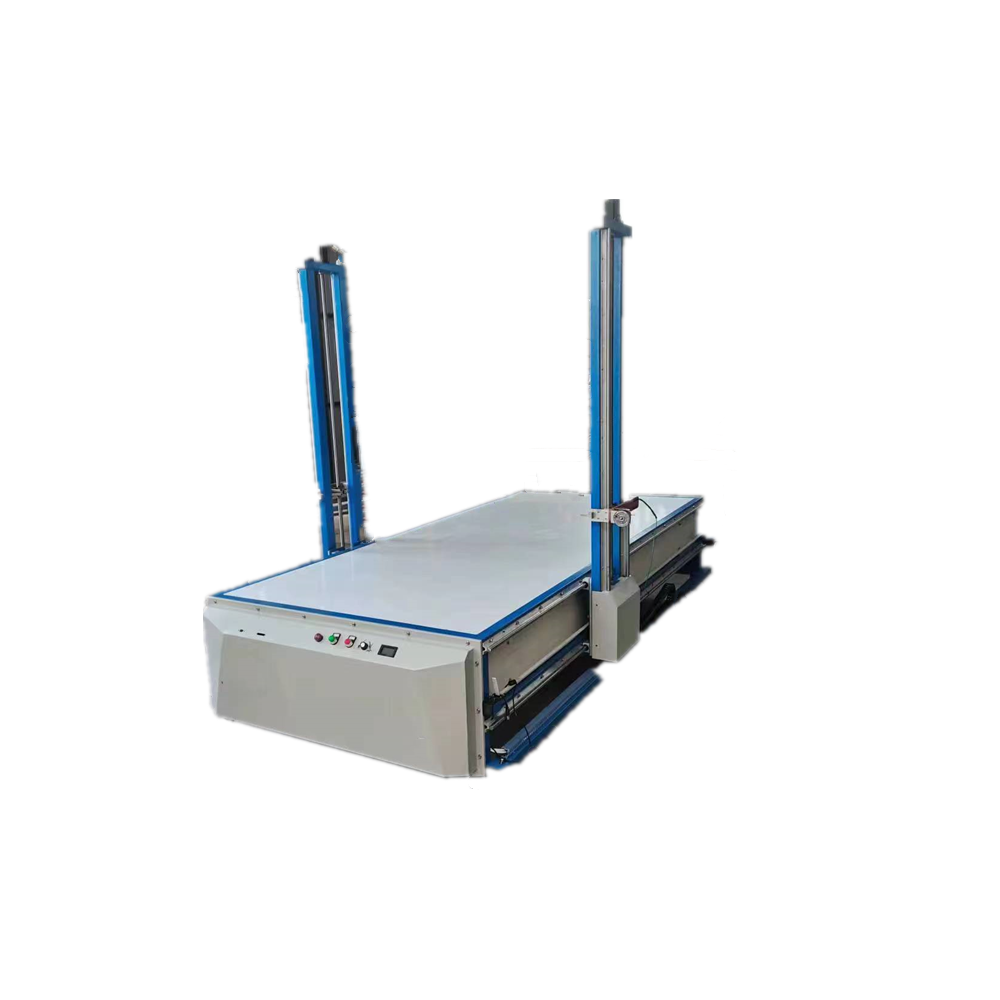Precision Shaping: Foam as the Foundation for Architectural Models and RC Airplane Wings
In the realms of both architectural visualization and radio-controlled (RC) aviation, lightweight, versatile foam materials – particularly Expanded Polystyrene (EPS) and Extruded Polystyrene (XPS) – have become indispensable tools for creating complex, precise shapes. The techniques of architectural model making with foam and RC airplane wing shaping with styrofoam share a common foundation: the transformation of rigid foam blocks into intricate, functional, or representational forms through skilled shaping and cutting.
Architectural Model Making with Foam: Visualizing Space and Form
For architects and designers, physical models remain a powerful communication tool. Architectural model making with foam offers significant advantages:
1.Rapid Prototyping & Massing Studies: Large blocks of EPS or XPS foam can be quickly cut and stacked to explore the basic massing, volume, and spatial relationships of a building design at an early stage.
2. Precision Detailing: Using hot wire cutters, CNC routers, or even sharp knives and specialized sanding tools, intricate building forms, roof lines, site contours, and complex geometries can be carved with remarkable accuracy. Smooth surfaces readily accept paint, textures, or cladding representations.
3. Light weight & Stable: Foam models are easy to handle, transport, and modify compared to heavier materials like wood or clay. XPS (like blue or pink insulation board) offers superior dimensional stability and a finer grain for smoother finishes.
4. Cost-Effectiveness: Foam is relatively inexpensive, allowing for multiple iterations and large-scale models without prohibitive costs.
RC Airplane Wing Shaping with Styrofoam: Engineering Flight
The performance of an RC aircraft hinges critically on the aerodynamic efficiency of its wings. RC airplane wing shaping with styrofoam (a common term encompassing EPS and other foams) is a core skill for builders:
1. Airfoil Accuracy: Precise replication of designed airfoil shapes (the wing's cross-section) is essential for generating lift and minimizing drag. Foam cores allow hobbyists and manufacturers to achieve these complex, curved profiles consistently.
2. Core Construction: Most high-performance or custom-built RC wings use a foam core. This core is precisely shaped, often using templates and hot wire cutters, then typically covered with a strong, lightweight skin like fiberglass, balsa wood, or heat-shrink film.
3. Weight Optimization:*Foam provides an incredibly lightweight internal structure for the wing, maximizing the aircraft's power-to-weight ratio and flight duration.
4. Customization & Repair: Shaping foam allows for the creation of unique wing designs or the precise repair of damaged foam cores.
Essential Techniques & Tools for Shaping Foam
Both disciplines rely on similar core techniques for shaping foam effectively:
1. Hot Wire Cutting: This is the gold standard. A heated, taut wire (NiChrome) melts cleanly through foam, allowing for straight cuts, complex curves, and the precise duplication of profiles using templates. Essential for consistent RC airplane wing shaping with styrofoam and efficient bulk removal in architectural model making with foam.
2. Template Routing/CNC: For highly complex or repetitive shapes (like multiple identical architectural elements or production wing cores), CNC routers equipped with specialized foam-cutting bits offer unmatched precision and repeatability.
3. Hand Shaping & Sanding: Knives, rasps, Surforms, and sandpaper (coarse to very fine grit) are used for refining shapes, adding details, smoothing surfaces, and achieving final contours. Dust collection is crucial during sanding.
4. Surface Sealing & Finishing: Foam is porous and can be damaged by solvents in paints and adhesives. Sealing with specialized primers, PVA glue (like Mod Podge), or lightweight spackle is essential before painting architectural models. RC wings rely on their outer skin for protection and finish.
Why Foam Reigns Supreme?
Workability:Easily cut, carved, and sanded into complex 3D forms.
Lightweight: Critical for architectural model portability and RC aircraft flight performance.
Insulative Properties: Helps maintain safe temperatures during hot wire cutting.
Cost & Availability: Readily accessible and affordable in various densities and sizes.
Versatility: Suitable for rough massing studies or highly detailed, finished models and high-performance aerodynamic components.
Conclusion
From the meticulous architectural model making with foam that brings a skyscraper design to life on a tabletop, to the precise RC airplane wing shaping with styrofoam that determines the grace and agility of a model in flight, foam demonstrates its remarkable versatility as a fabrication material. Mastering the techniques of shaping foam – particularly hot wire cutting and careful sanding – unlocks the potential to create lightweight, strong, and highly accurate forms for both artistic representation and functional engineering. Whether visualizing the built environment or conquering the skies in miniature, foam provides the essential, malleable foundation.
Related Products

